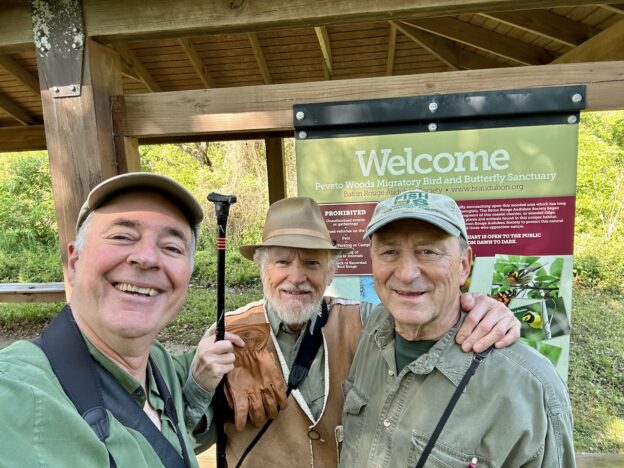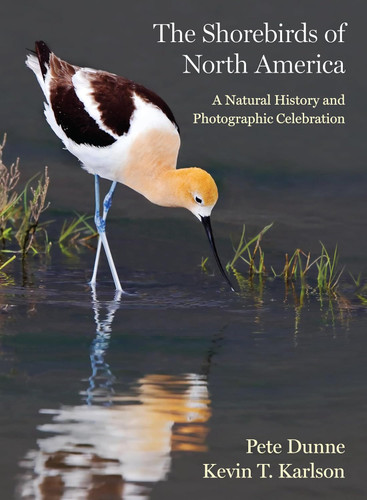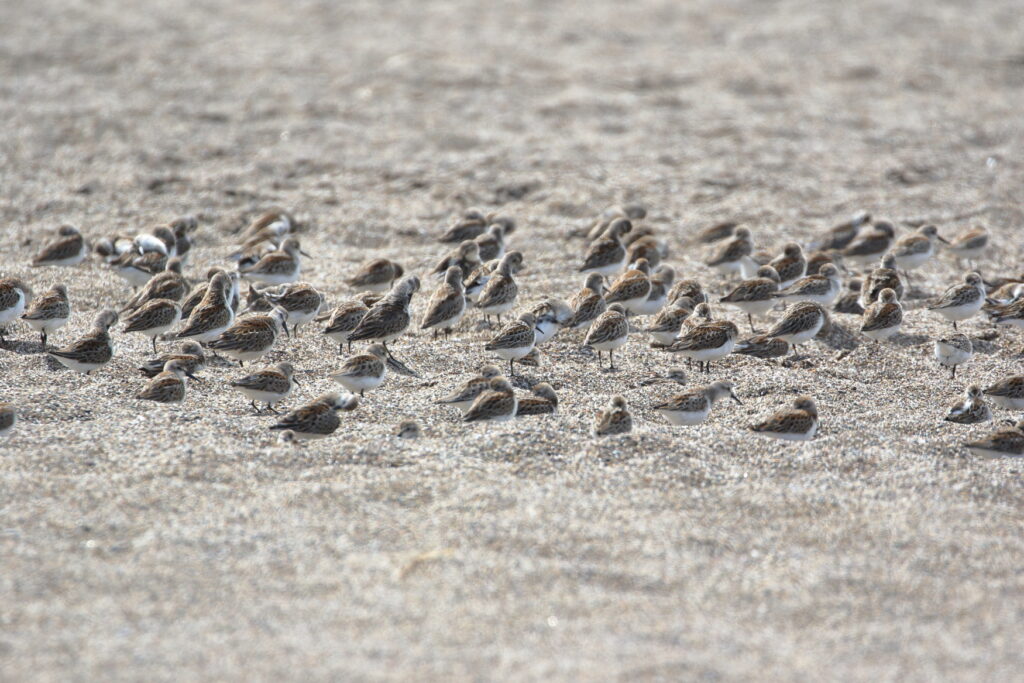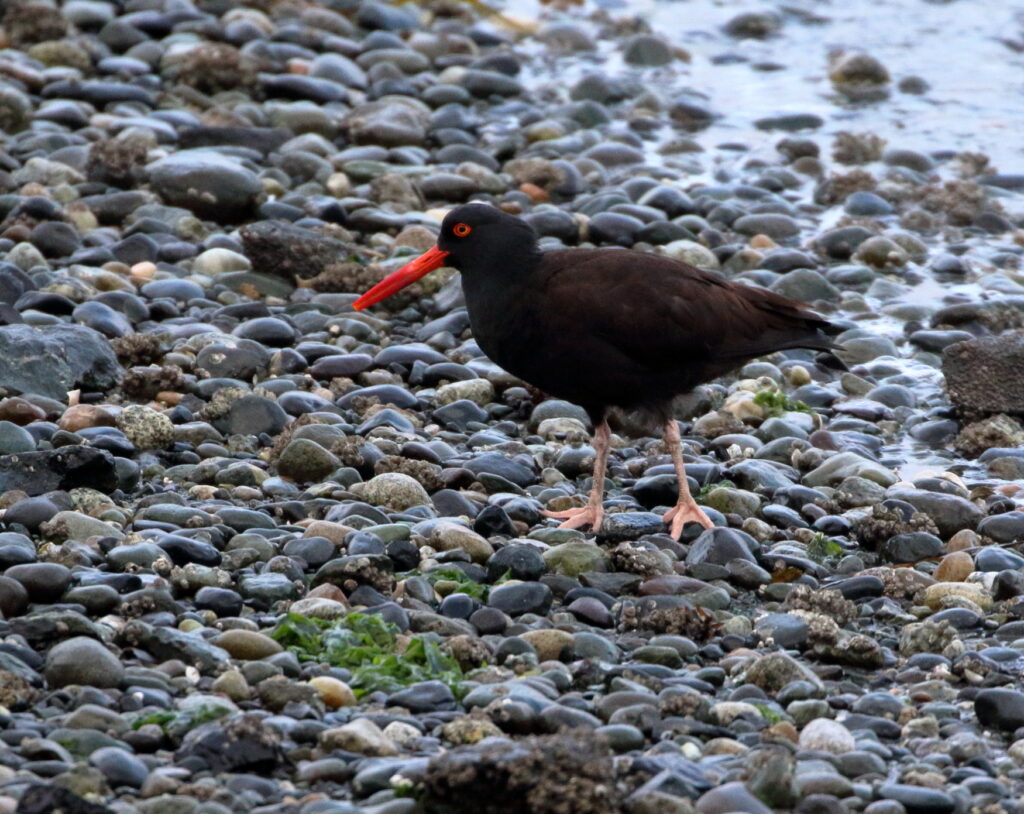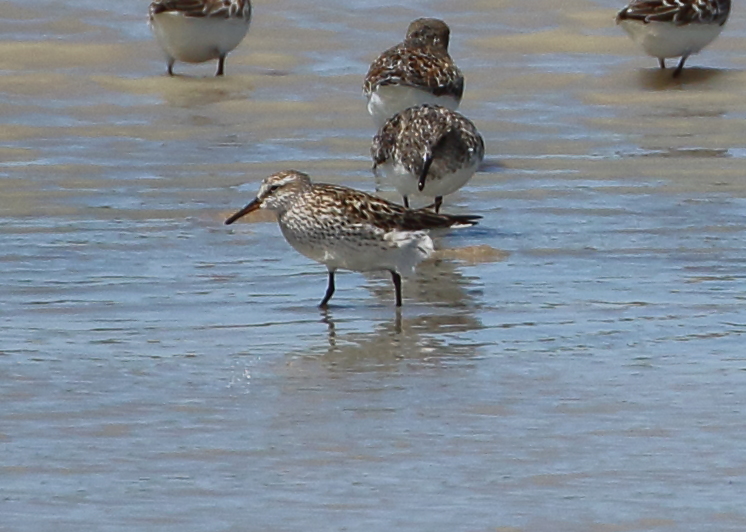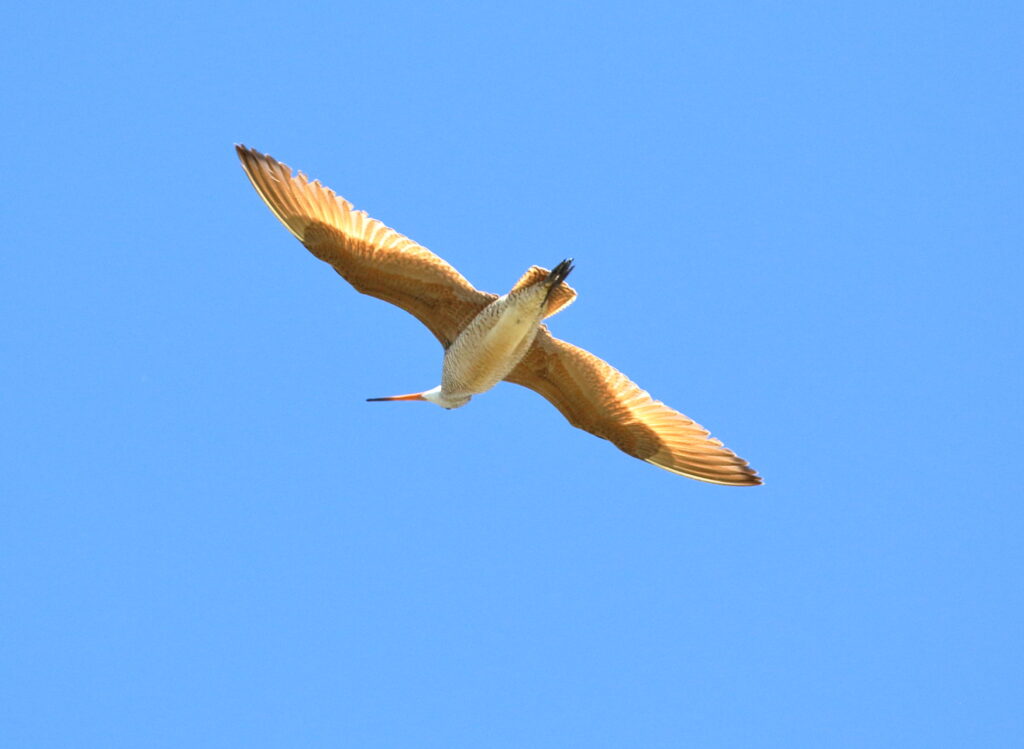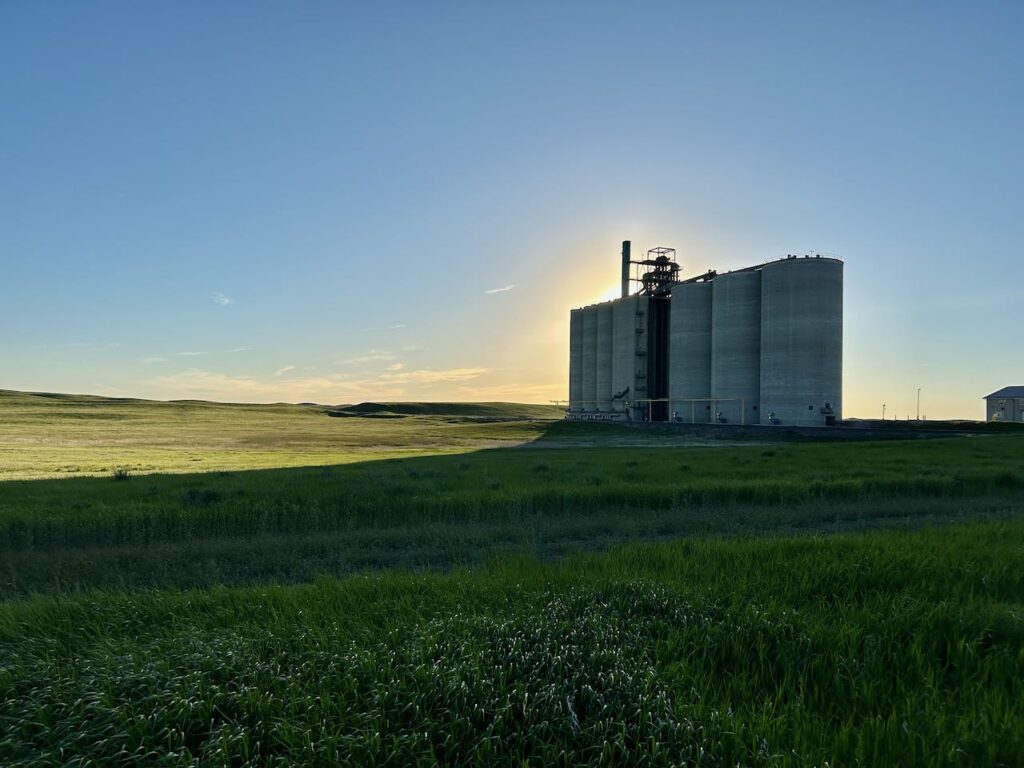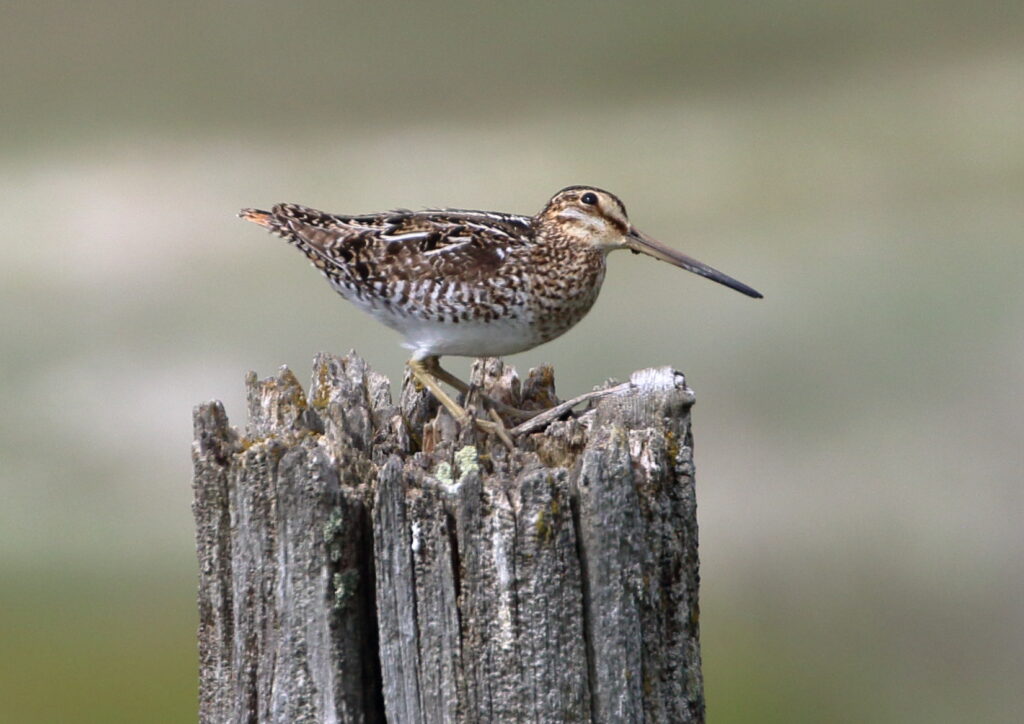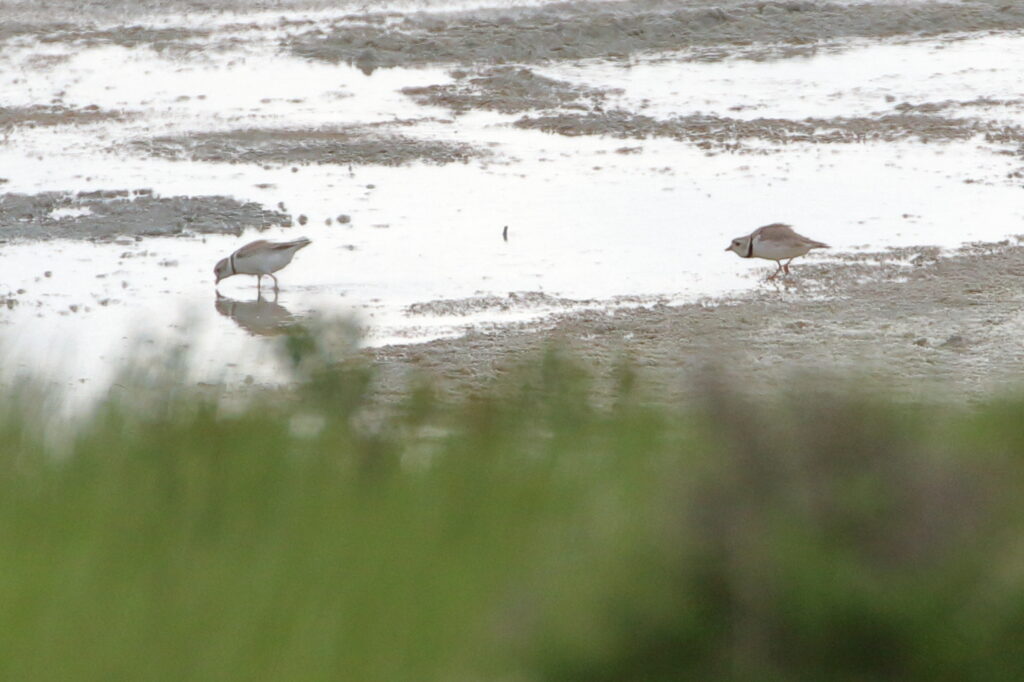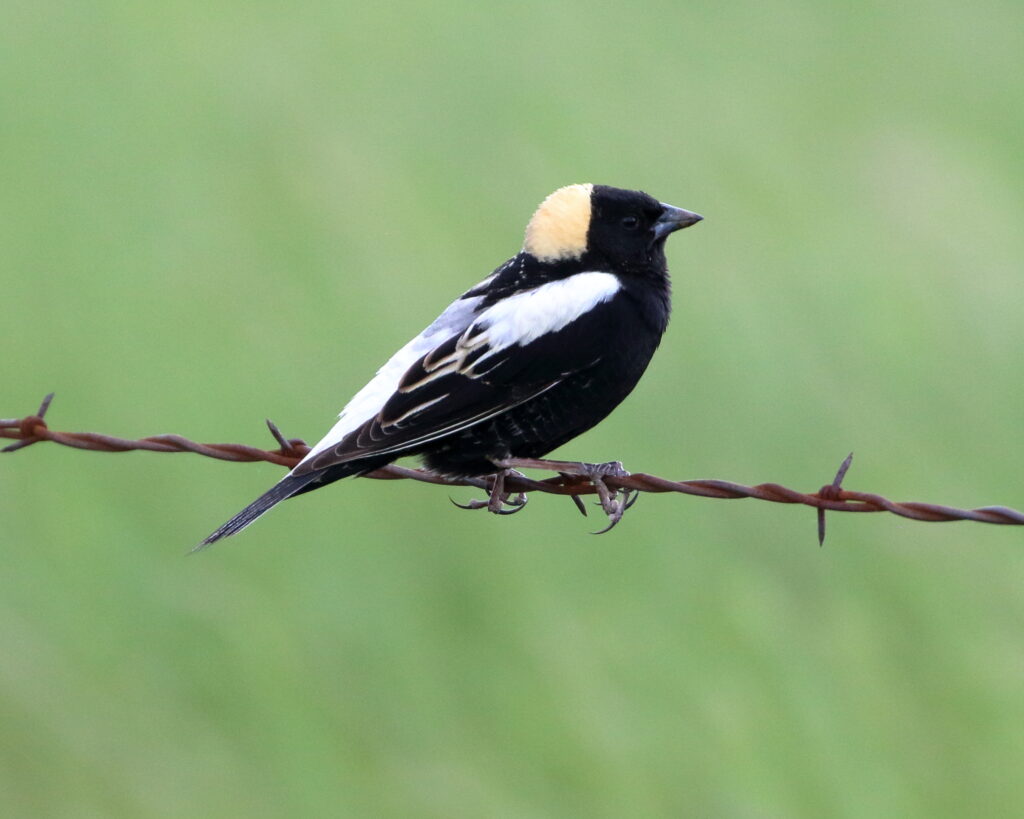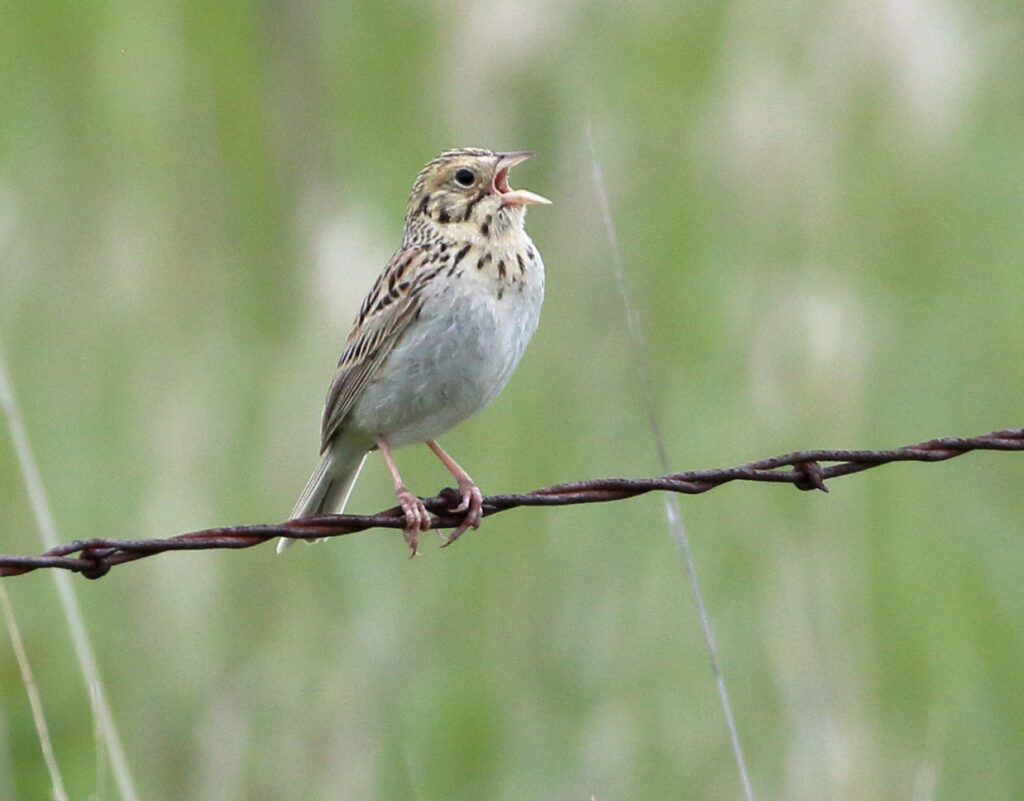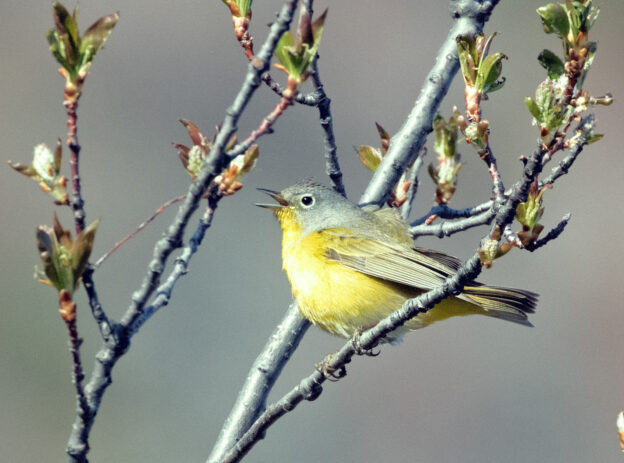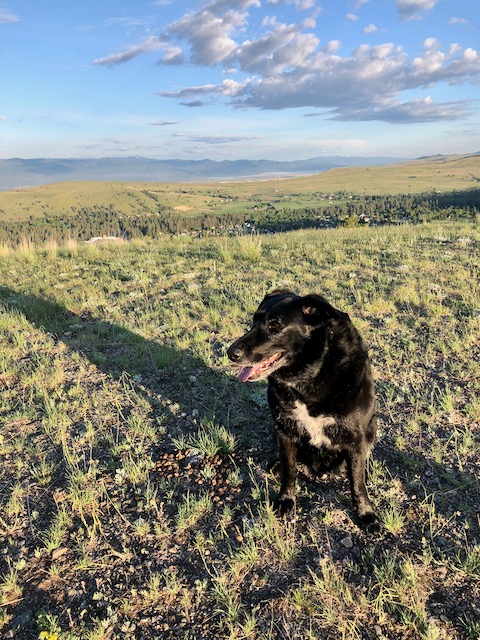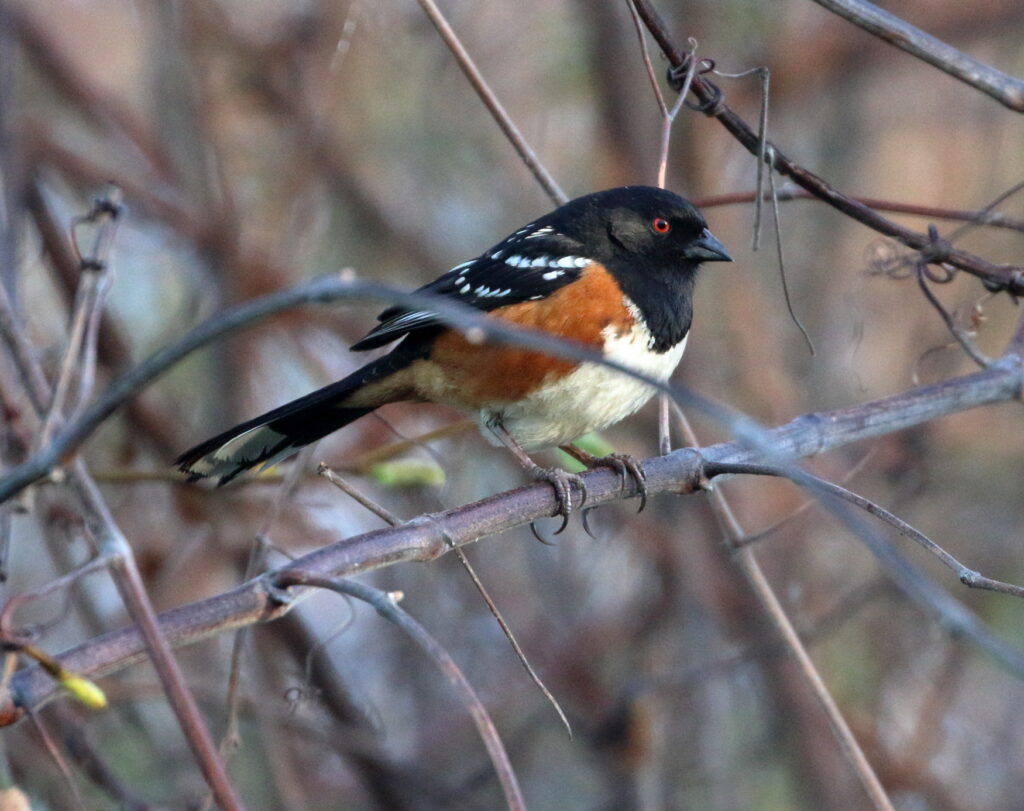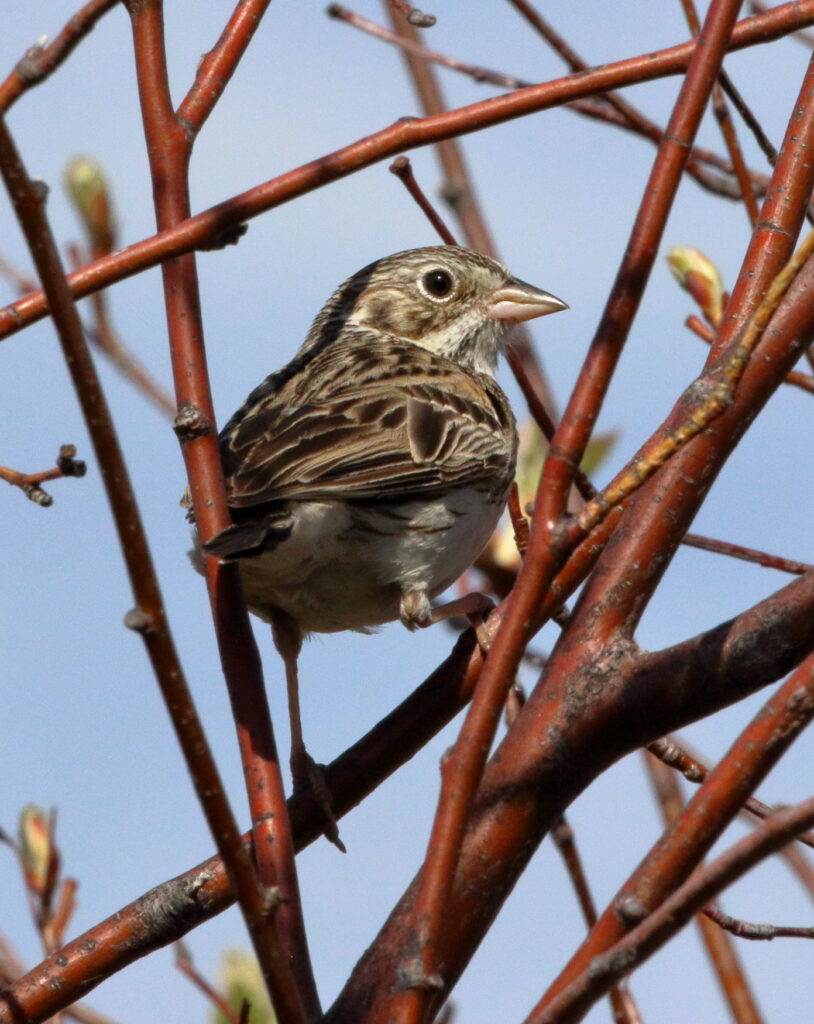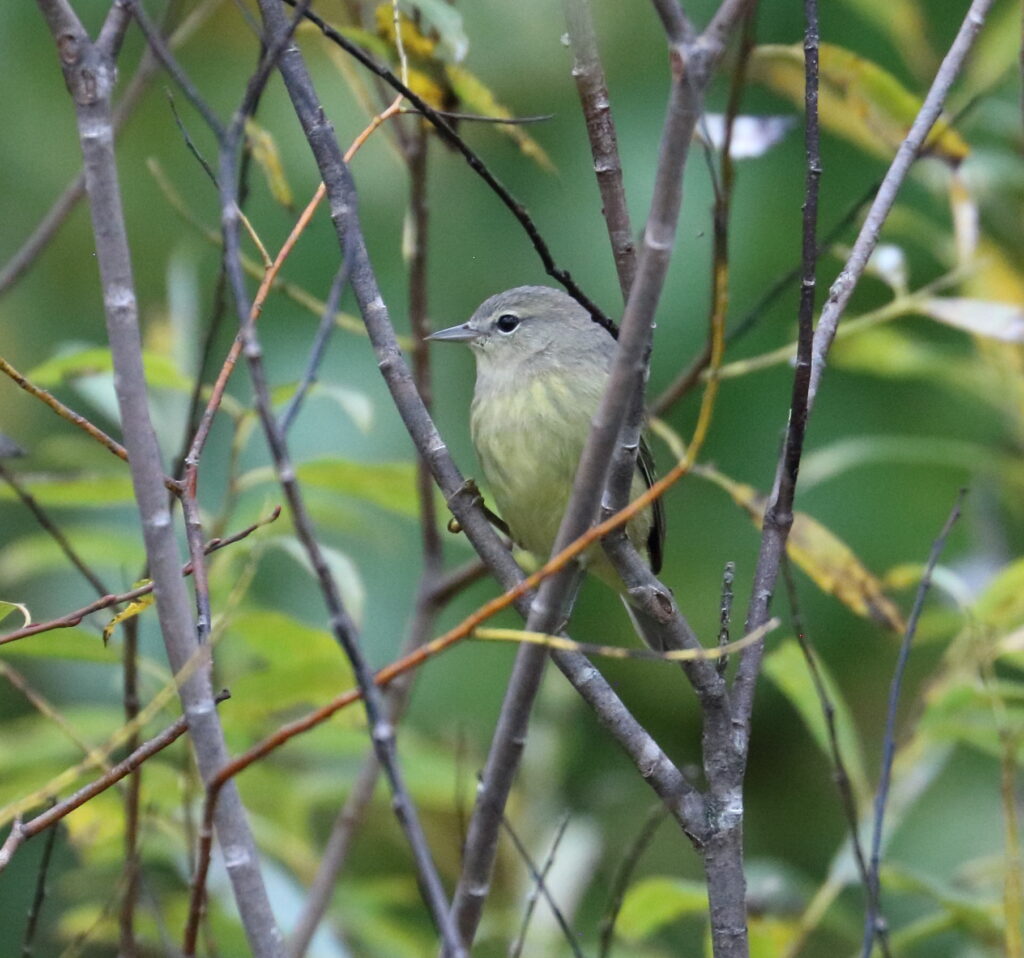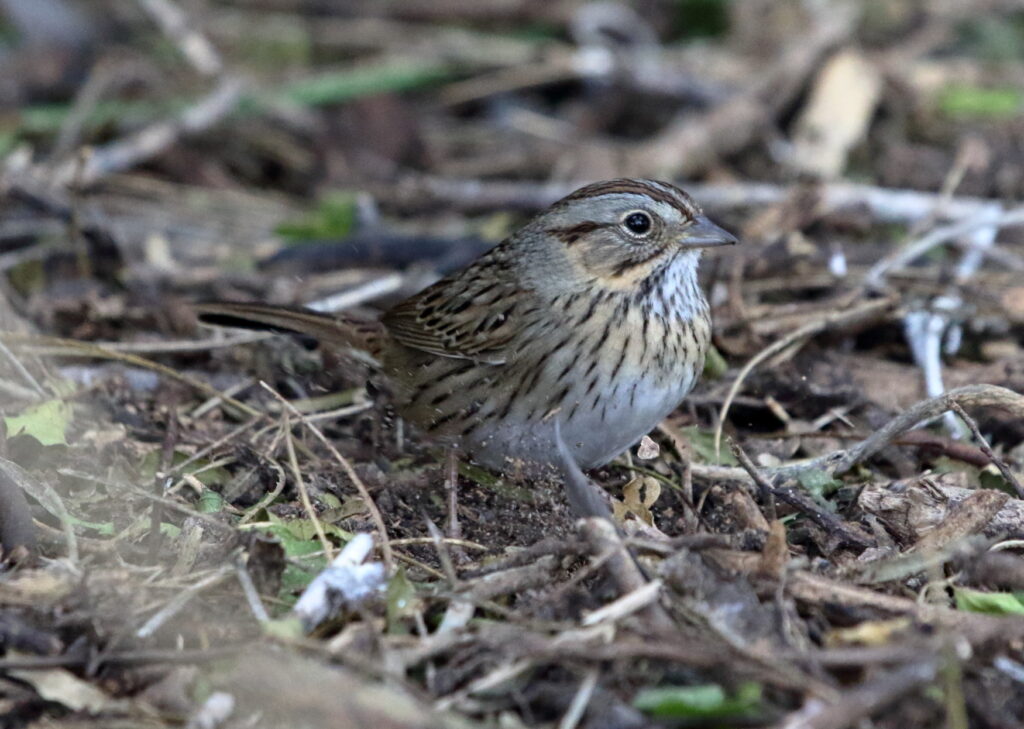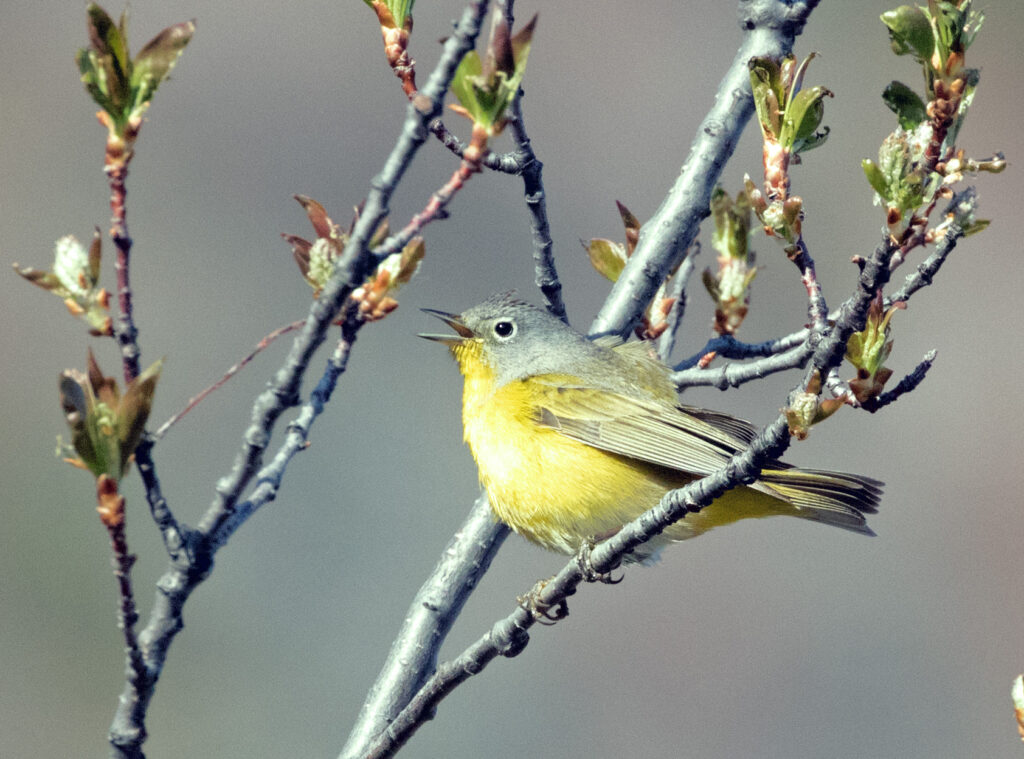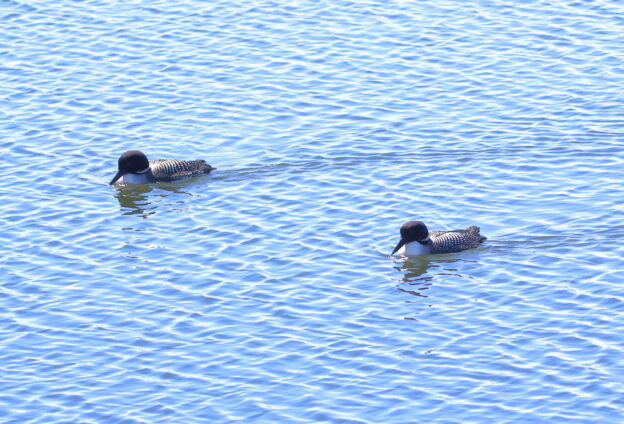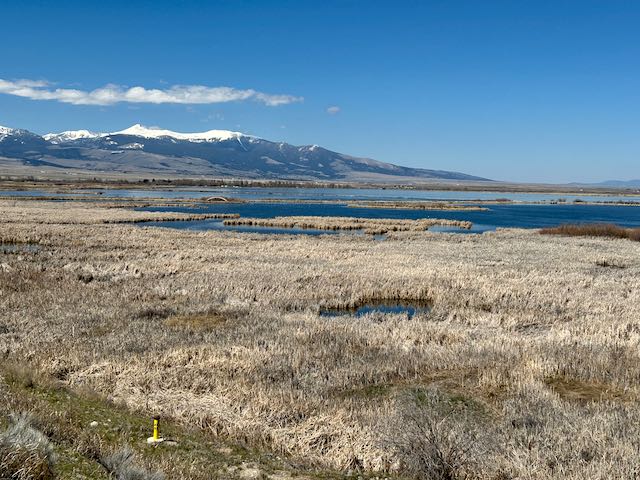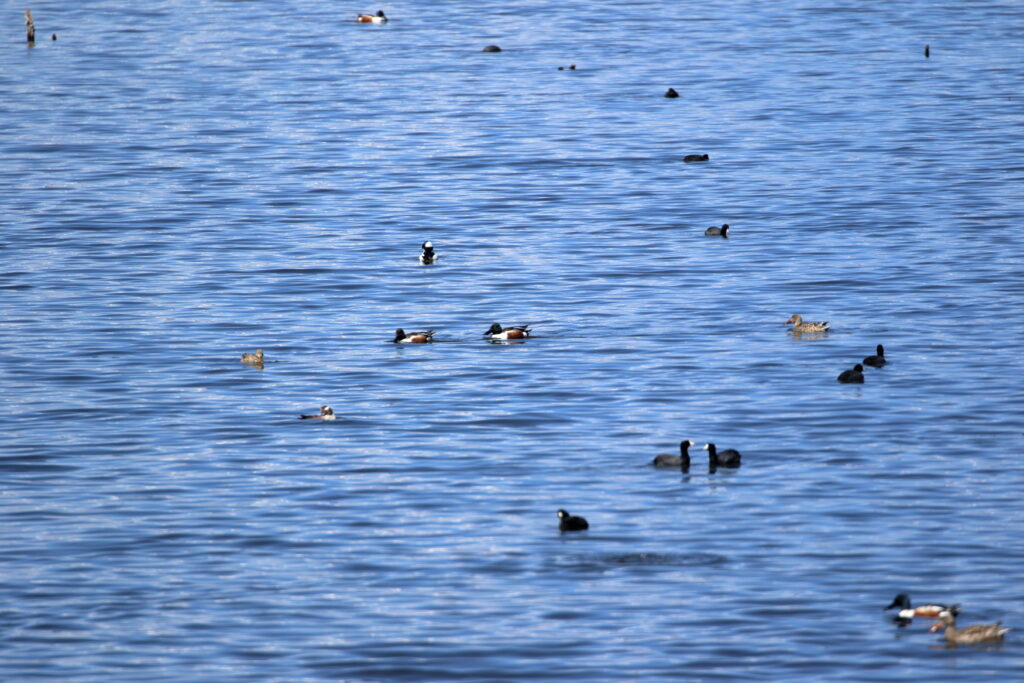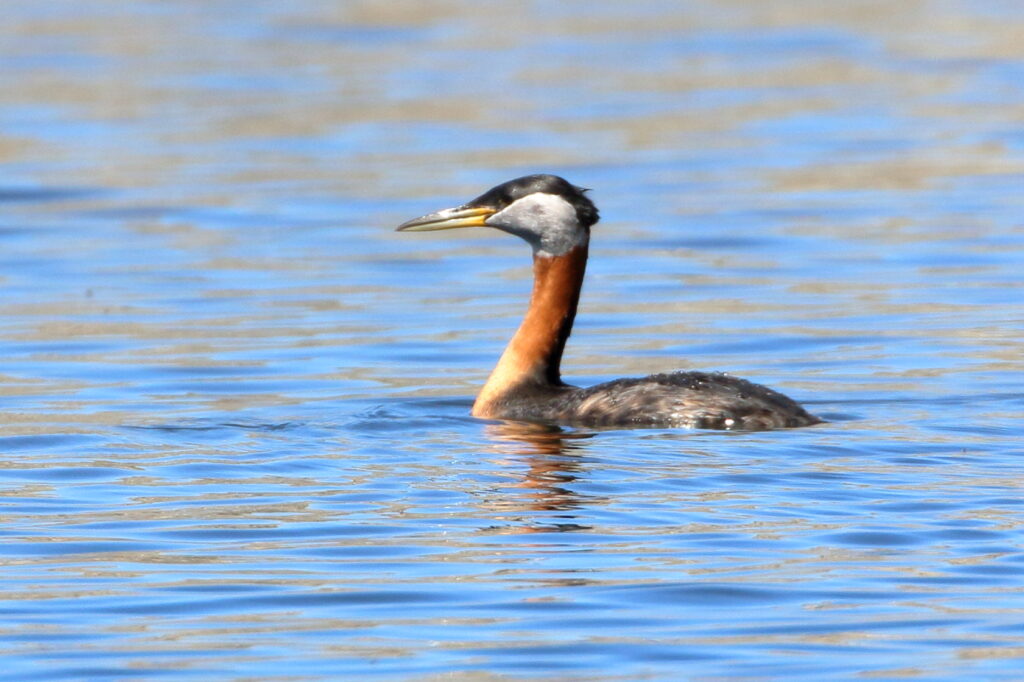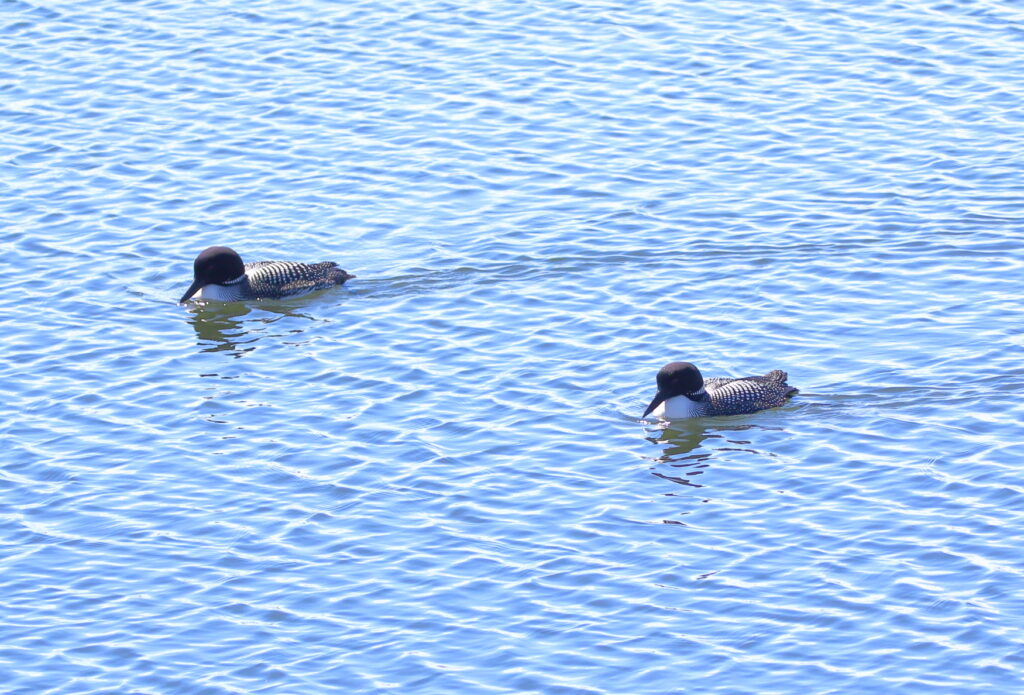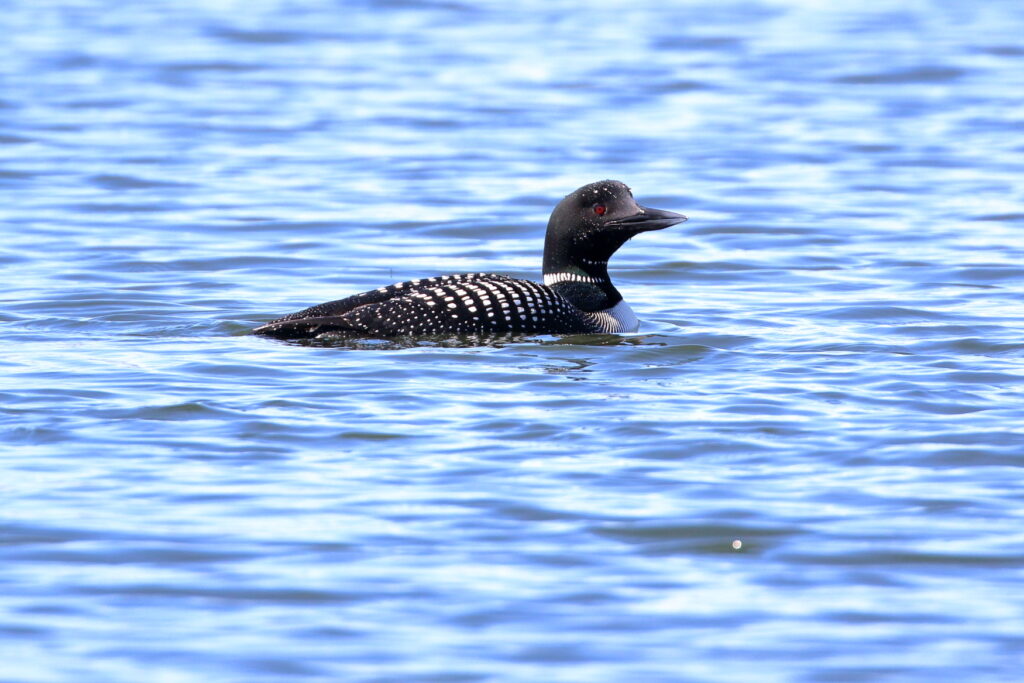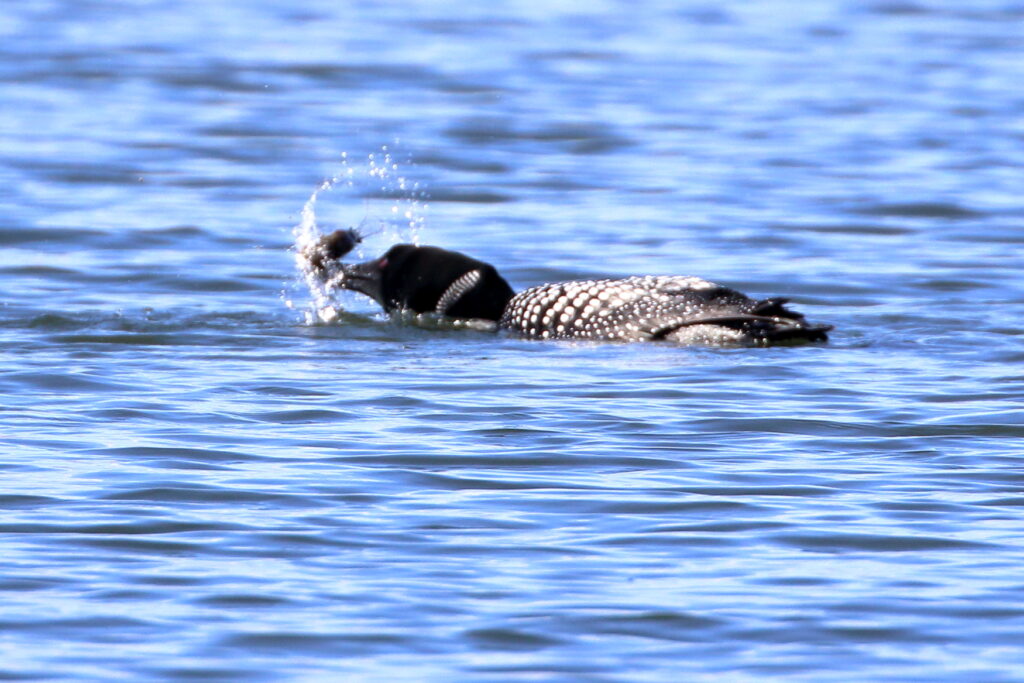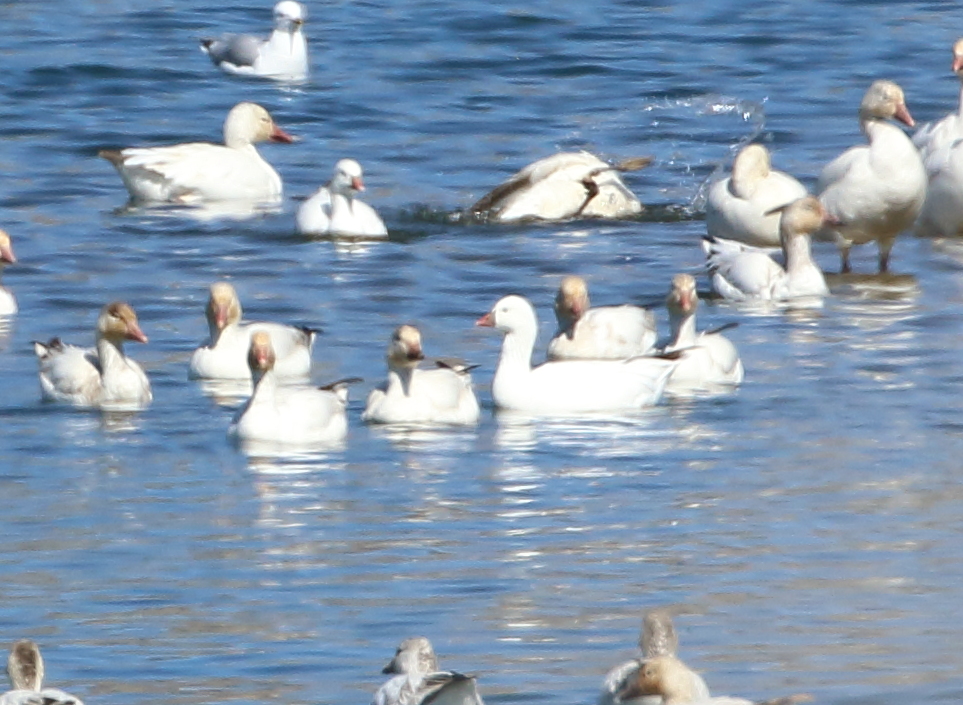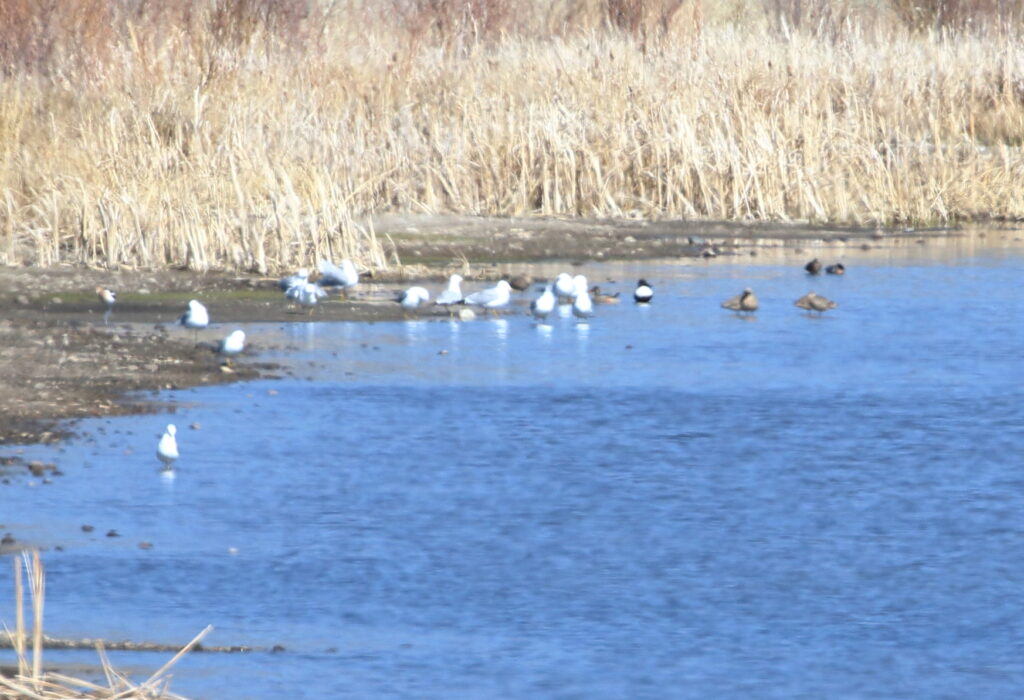FatherSonBirding is a labor of love for both Braden and me, and our goal is to entertain and educate, and to promote bird conservation. If you’d like to support our work, please consider buying one or more of Sneed’s books and make a donation to one of the bird-related groups mentioned below. Thank you!
There’s a good reason the blog has been quiet the past couple of weeks. Braden is finishing up his honor’s project before graduating (gasp!) from the University of Maine while I jumped on a chance to head to Texas for the sixth time since Braden and I began birding. The trip arose from an invitation to talk about my book Birding for Boomers at the Mountains and Plains Independent Booksellers Association spring conference in San Antonio. Happily, the event took place during spring migration, so I of course booked three extra nights before and three extra nights after the conference to see some birds!
As soon as I picked up my rental car in San Antonio, I high-tailed it the four hours to Winnie, Texas on the coast just east of Houston. Why Winnie? Because it provides great access to several well-known stopover places for migrating songbirds and offers a chance to soak up a variety of coastal and aquatic species as well. For this trip, though, I was determined to explore some new birding areas, and my first morning I got up before dawn and headed to my first destination, Peveto Woods Sanctuary, just across the border in Louisiana.
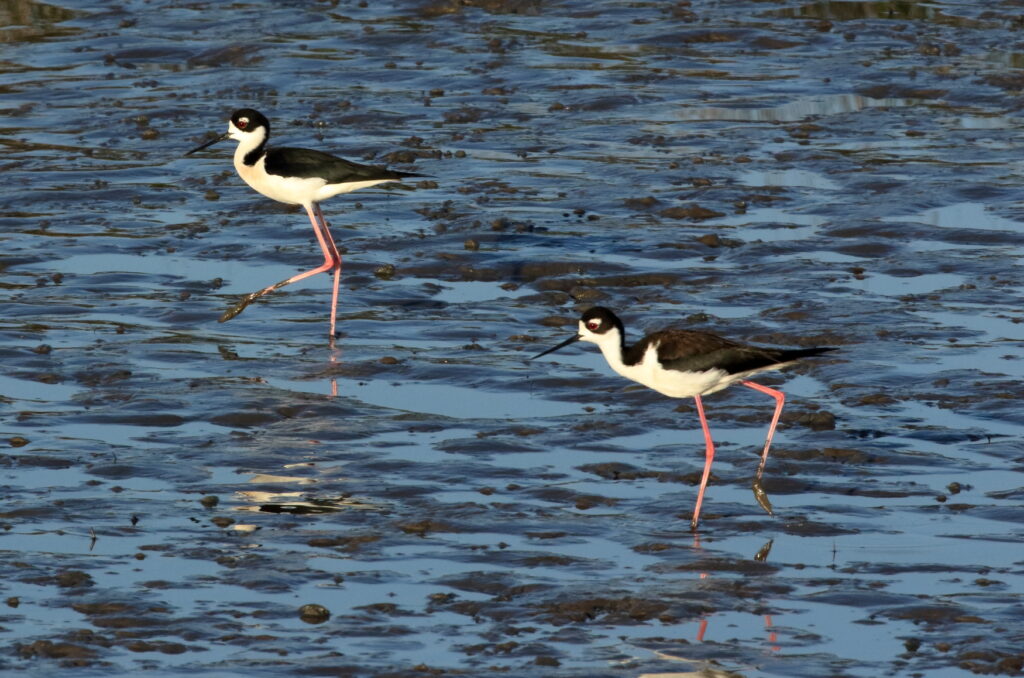

Peveto Woods is owned and operated by the Baton Rouge Audubon Society and like Sabine Woods run by the Texas Ornithological Society and the more famous High Island sanctuaries operated by Houston Audubon, Peveto consists of a patch of forest right along the shore. As soon as I pulled up, I knew I was going to like it. Trails headed off in all directions, crisscrossing forty acres of mostly oak-dominated woodlands. I saw two friendly-looking guys, Scott Delaney and Paul Wallace, who looked like they knew their way around and asked the best way to explore. It turns out, they had been volunteering their time here for many years and suggested I make my way to the east fence line and work my way back. They also explained that the land where the woods sat was called a chenier, a place where wave actions had piled sand and shells up higher than the surrounding area, allowing trees to grow. Hurricanes still occasionally obliterated the place, but the vegetation recovered quickly.

Unfortunately, I quickly learned that the main birds I had hoped to see—warblers—had not yet arrived in significant numbers. I was about a week early for many species and, for now, northerly winds had kept others grounded in the Yucatan. Only one hundred yards down the trail, however, I encountered a nice little mixed flock of other species. Sound ID picked up a White-eyed Vireo, and I quickly saw a Warbling Vireo along with at least four Red-eyed Vireos. Joining them were several Orchard Orioles, a couple of Yellow-rumped Warblers, and an Orange-crowned Warbler. Most were flitting about high in the trees, making photography difficult, but my heart warmed at seeing them.
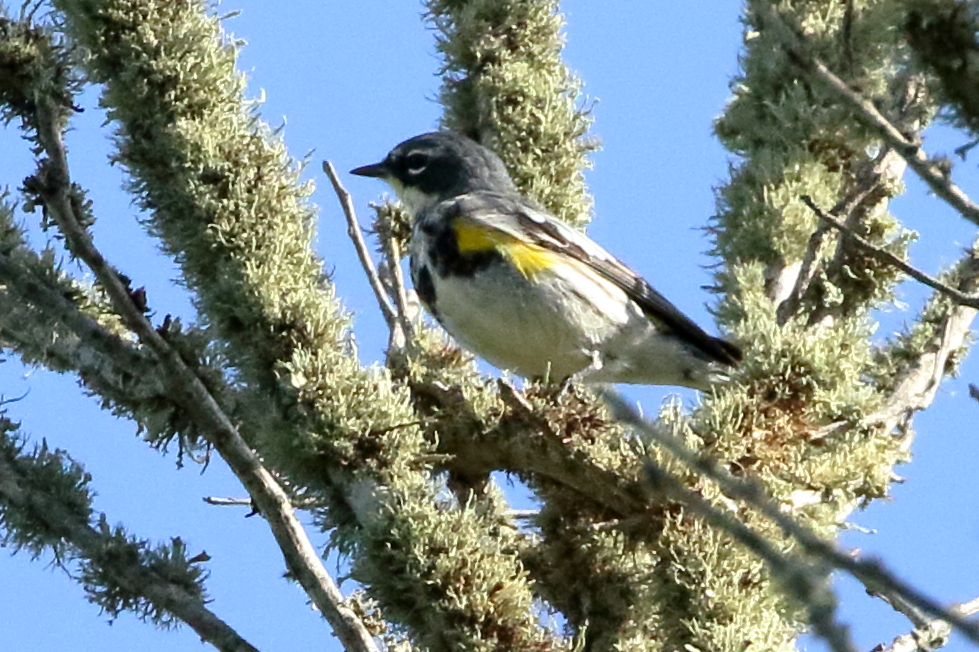
One awesome thing about Peveto is that you can walk right out to the beach and here I saw the trip’s first Black-bellied Plover, along with a couple of Royal Terns and Willets.
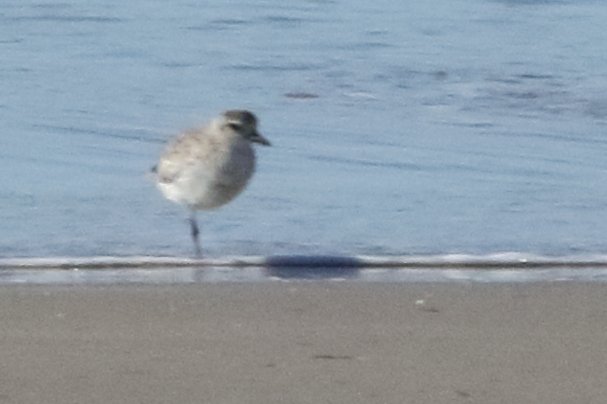
Returning to the woods, I kept strolling, finding migrating Gray Catbirds and pre-migration White-crowned Sparrows. A couple of Anhingas flew over, and then Sound ID picked up what would be the star of my visit: a Yellow-throated Vireo.

I had seen YTVIs before, but so early in my birding career that they had gotten lost in the steepness of my learning curve. Now, a bird in glorious yellow, white, and gray plumage perched right above me. I shot some quick photos, and then just stood and admired this incredible creature. Like most other vireo species, this one had migrated from Central or South America, completing the eighteen-hour or so flight directly across the Gulf of Mexico.
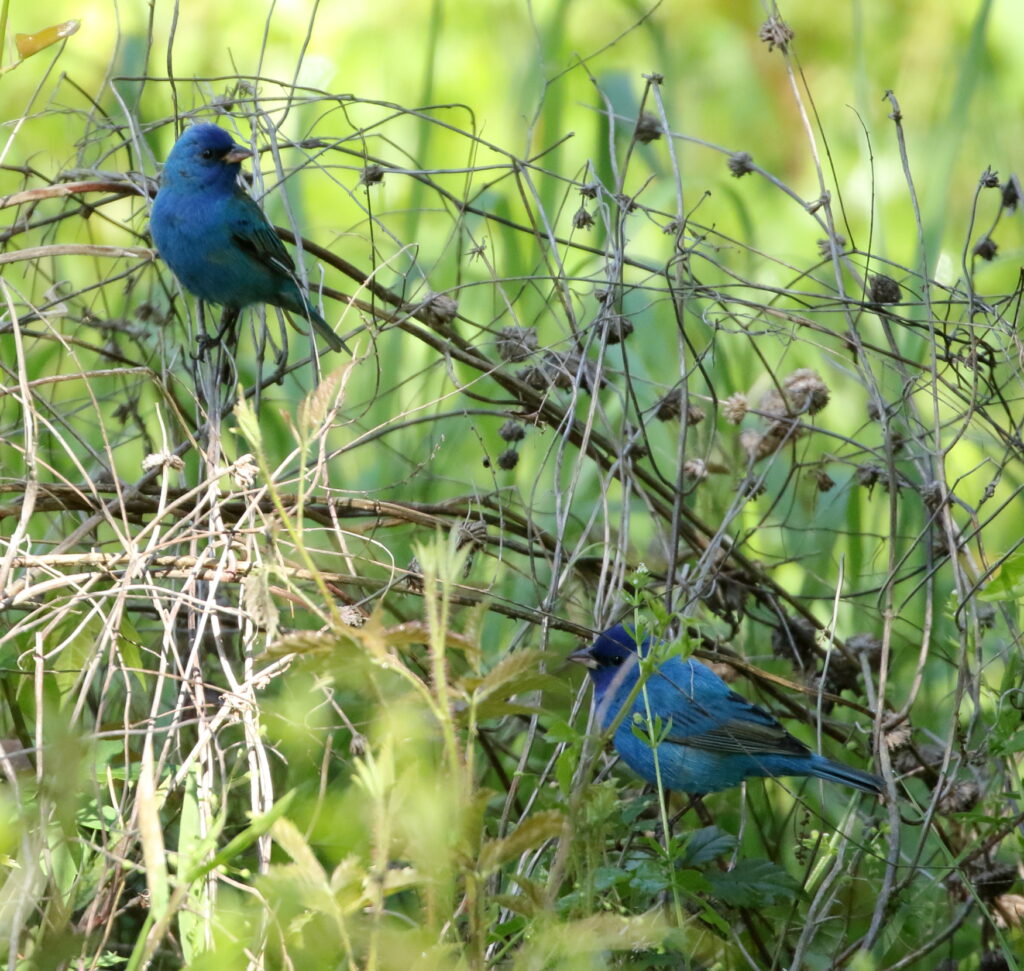
It did make me wonder, though, why the vireos had made it “on time” but most of the warblers had not. “Are vireos stronger fliers?” I wondered. Or had they just timed things better? Either way, I was delighted to see them and get to know them better. And that’s birding for you. Even if the birds don’t always meet your own timetable, they always present a fascinating learning opportunity or two—or, as today, a chance to embrace and enjoy a new group of birds. I rounded off my morning by finding a couple of gorgeous Indigo Buntings on the brushier end of the preserve. I exchanged email addresses with my new friends Scott and Paul, and invited them to look me up when they came to Montana. I suspected, though, that I might make it back to Peveto Woods long before they got to Montana!
My checklist: https://ebird.org/checklist/S223902911
Note: As I post this, the warblers are definitely arriving at Peveto Woods. If you live nearby, what are you waiting for?

